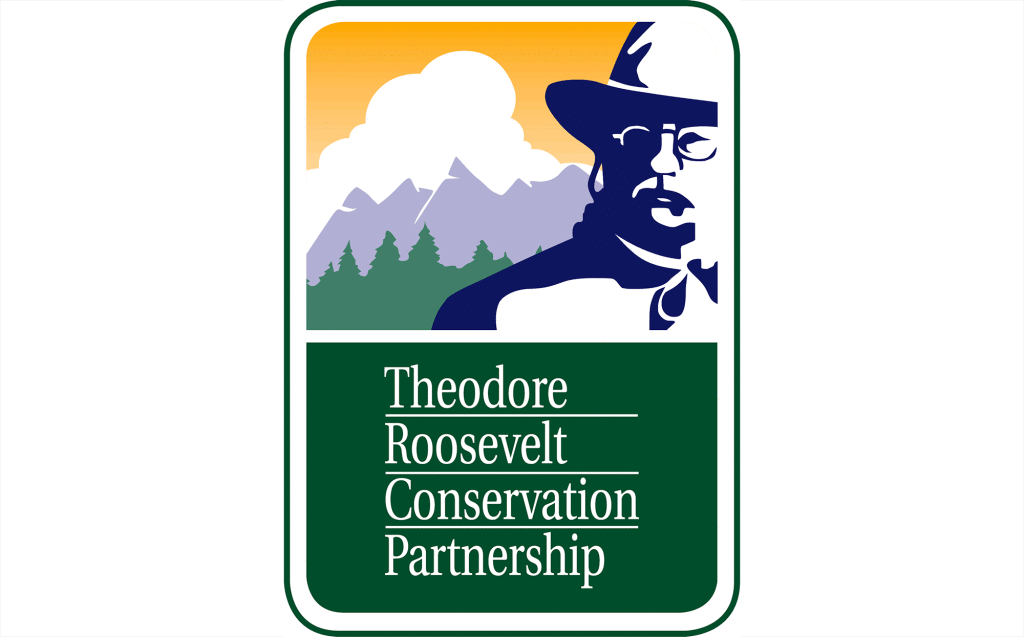BLM Gets Locals More Involved in Public Land Management


PUBLISHED December 6th, 2016
PUBLISHED December 6th, 2016




Liz Lewis employs several foundries in the Bozeman area to cast her lost-wax-style work. Recently, she has begun exploring the use of colored patinas to reproduce the coloration of sporting......
Filed In: Culture, Experience, Fishing, History, Wingshooting
Located outside of Savannah, Georgia, and proximate to the charming coastal town of Beaufort, South Carolina, and within a short drive of Charleston—the current capital of Southern lifestyle—Brays...
Filed In: Attire Tradition, Gear, Handmade
After spending more than eight years in the UK running retail shops, Ramona Brumby of Atlanta’s The London Trading Company came home. “My passion is anything to do with décor,......
Filed In: cover
This month’s cover photo of the German shorthaired pointer was taken at Pheasant Ridge by Terry Allen during our June-July 2015 feature coverage of Ferrari. As we traveled to Pheasant......
Filed In: Guns, Handmade, History, On the Hunt, Tradition
Bertuzzi shotguns have the unique design characteristic of ali di gabbiano, Italian for “the wings of a gull” as the sideplates spring outward like wings, revealing the lockwork inside. ...
Filed In: Dogs, hunting, On the Hunt, Training
Judy Balog, who owns and runs Silvershot Weimaraners in Michigan with Jerry Gertiser, has owned Weimaraners for more than 20 years....
In the United Kingdom, dog trainer Ben Randall sho...
This portable piece is handcrafted to last a lifet...
These shot glasses are hand crafted and feature an...